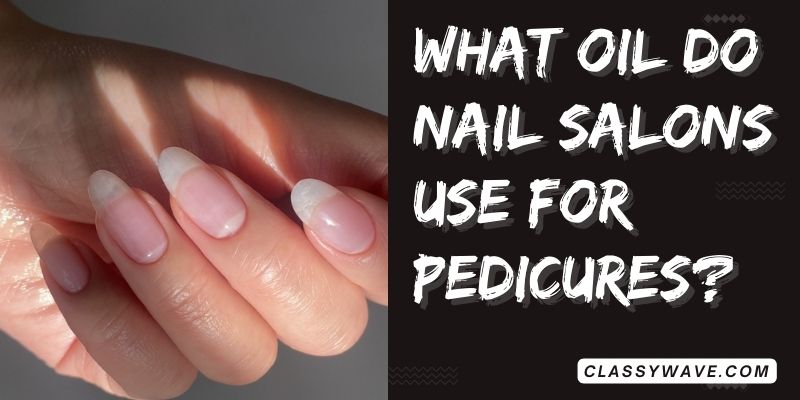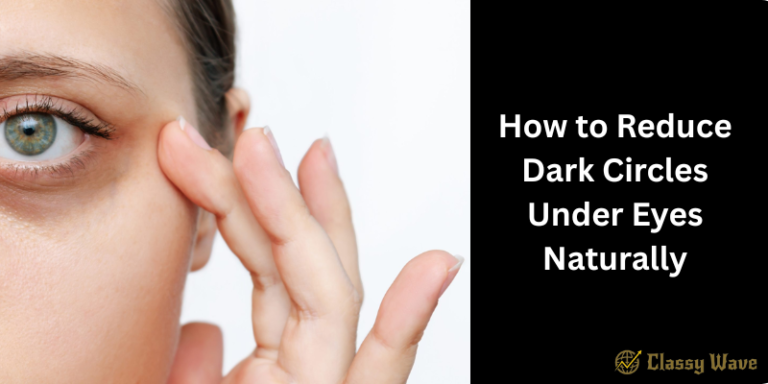What Oil Do Nail Salons Use For Pedicures- Step-By-Step
Nail salons have become synonymous with relaxation and self-care, offering various services to pamper and maintain the health of our nails and skin. One crucial element in any quality pedicure is the type of oil used during the treatment. Not all oils are created equal, and choosing the right one can make a significant difference in the overall health and appearance of your nails. So, what are the oils commonly used in nail salons, and what benefits do they offer?
Common Oils Used in Nail Salons
Jojoba Oil
Jojoba oil is a popular choice in many nail salons due to its exceptional moisturizing properties. It closely resembles the natural oils produced by our skin, making it easily absorbable without leaving a greasy residue. This oil is rich in vitamins and minerals, promoting healthy nail growth and nourishing the cuticles.
Olive Oil
Olive oil, a kitchen staple known for its numerous health benefits, is also a preferred option for pedicures. Its hydrating properties help soften the skin, making it an excellent choice for those with dry and brittle nails. Additionally, its antioxidant content aids in strengthening the nails and protecting them from damage.
Grapeseed Oil
Grapeseed oil, extracted from the seeds of grapes, is another common oil used in nail salons. It is lightweight and easily absorbed, making it suitable for all skin types. This oil is rich in antioxidants and vitamin E, contributing to its ability to nourish and protect the nails and surrounding skin.
Sweet Almond Oil
Sweet almond oil, derived from almond kernels, is a versatile option for pedicures. It is known for its emollient properties, effectively softening the skin and promoting moisture retention. This oil is also rich in nutrients like vitamin E and fatty acids, contributing to strong and healthy nails.
Benefits of Using the Right Oil for Pedicures
Using the appropriate oil during a pedicure offers various benefits that contribute to the overall health and appearance of your nails. Some key advantages include:
Moisturizing Properties
The moisturizing properties of these oils help prevent dryness and keep the skin around the nails soft and supple. Regular application can prevent the formation of cracks and calluses, ensuring your feet look and feel rejuvenated.
Nail and Cuticle Nourishment
Properly nourished nails and cuticles are less prone to breakage and damage. The vitamins and minerals present in these oils strengthen the nails, making them less brittle and more resilient.
Antifungal and Antimicrobial Effects
Certain oils, such as tea tree oil, have natural antifungal and antimicrobial properties, which can help protect your nails from common infections. Incorporating these oils into your pedicure routine can contribute to maintaining healthy and clean nails.
How to Choose the Best Oil for Your Pedicure
Selecting the right oil for your pedicure involves considering various factors, including your skin type, allergies, and personal preferences. Here are some essential points to keep in mind:
Skin Type Considerations
Individuals with dry skin may benefit from heavier oils like olive oil, while those with sensitive skin might find lighter oils like jojoba or grapeseed more suitable. Understanding your skin’s needs can help you choose the most appropriate option.
Allergies and Sensitivities
It is crucial to be aware of any allergies or sensitivities you may have before selecting an oil. Always perform a patch test to ensure you do not have any adverse reactions to the product.
Personal Preferences and Scents
The aroma of the oil can contribute to the overall sensory experience of your pedicure. Consider choosing an oil with a fragrance that relaxes and rejuvenates you, enhancing the therapeutic benefits of the treatment.
DIY Pedicure Oils for At-home Use
For those who prefer a more personalized touch, creating DIY pedicure oils at home can be a rewarding and cost-effective alternative. Here are a couple of natural ingredients and recipes you can try:
Coconut Oil and Lavender Essential Oil Blend
Mixing coconut oil with a few drops of lavender essential oil can create a soothing and relaxing pedicure experience. Coconut oil’s moisturizing properties combined with lavender’s calming scent can provide a refreshing and nourishing treatment for your feet.
Shea Butter and Peppermint Oil Mixture
Combining shea butter with a few drops of peppermint oil can offer a cooling and invigorating effect, ideal for soothing tired and achy feet. This blend can help alleviate any discomfort and leave your feet feeling refreshed and revitalized.
It is important to note that while these DIY recipes can be beneficial, it is essential to use high-quality ingredients and follow proper guidelines to ensure safety and efficacy.
Professional Recommendations for Nail Salons
Maintaining hygiene standards and ensuring the safety of clients is paramount for any reputable nail salon. Here are some professional recommendations for nail salons to consider:
Hygiene Standards and Safety
Regular sterilization of equipment and tools is crucial to prevent the spread of infections and maintain a clean and safe environment for clients. Following industry guidelines for sanitation helps build trust and confidence among patrons.
Catering to Different Clients’ Needs
Understanding that clients may have specific preferences and requirements is vital for providing personalized services. Offering a variety of oil options and being knowledgeable about their benefits can enhance the overall experience for clients with different nail care needs.
Maintaining Healthy Nails Beyond the Salon
While regular visits to a nail salon can contribute to the health and appearance of your nails, it is equally important to maintain a consistent at-home care routine. Here are some tips for maintaining healthy nails between salon visits:
Daily Care Routine
Regularly moisturizing your nails and the surrounding skin can help prevent dryness and promote overall nail health. Using a suitable oil or moisturizer can keep your feet looking and feeling their best.
Regular Trimming and Moisturizing
Trimming your nails regularly can prevent them from becoming too long and brittle, reducing the risk of breakage. Applying a nourishing oil or lotion after trimming can help maintain the moisture balance and strengthen your nails.
Conclusion
Choosing the right oil for your pedicure is crucial for maintaining the health and appearance of your nails. Whether you prefer the nourishing properties of jojoba oil or the versatility of sweet almond oil, each option offers unique benefits that contribute to the overall well-being of your feet. Understanding your specific needs and preferences can help you select the most suitable oil for a relaxing and rejuvenating pedicure experience.
FAQs
1. Can I use cooking oils for my at-home pedicure?
It is not advisable to use regular cooking oils for your pedicure, as they may not provide the necessary nourishment and benefits specifically tailored for nail and cuticle health.
2. How often should I get a professional pedicure?
The frequency of professional pedicures depends on individual preferences and nail care needs. However, a general recommendation is to schedule a pedicure every 4-6 weeks for optimal maintenance.
3. Can using the wrong oil during a pedicure cause nail damage?
Using the wrong type of oil may not provide the necessary nourishment and care, potentially leading to brittle nails and dry cuticles. It is essential to choose an oil that suits your specific needs and preferences.
4. Are there any specific oils recommended for individuals with sensitive skin?
Individuals with sensitive skin may benefit from using lighter oils such as jojoba or grapeseed oil, as they are less likely to cause irritations or allergic reactions.
5. How can I tell if an oil is suitable for my skin type?
Performing a patch test on a small area of your skin can help determine whether the oil is suitable for your skin type. Monitor for any adverse reactions or sensitivities before applying it to a larger area.


